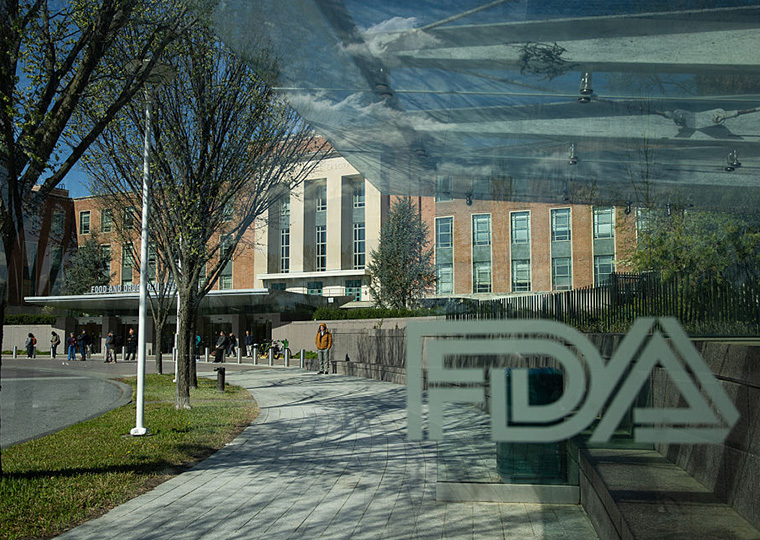Suppliers, distributers, product extenders go from helper to competitor
“Creative destruction,” the term coined by Joseph Schumpeter in 1942, has long defined capitalism: Firms provide a specific good or service, then technology advances, consumer tastes evolve, new firms arise that replace the old and the world changes.
Today, this process is often described as “disruptive innovation,” a concept developed by the late economist Clayton Christensen in 1997. In the more than two decades since Christensen’s book “The Innovator’s Dilemma” was published, scholars have debated which innovations are disruptive, what prevents incumbents from responding adequately, what economic and other factors drive the dynamics of innovation, and other questions surrounding disruption.
Dartmouth’s Ron Adner and UCLA Anderson’s Marvin Lieberman, in a paper published in Strategy Science, focus on a less studied aspect of disruption: when an existing, complementary firm shifts its impact from positive to negative.
How Complementary Actors Evolve into Competitors
In other words, rather than looking at new firms that step on the scene and directly displace old ones, the authors examine how established actors who initially play a complementary role gradually evolve to become competitors with incumbents.
Whereas substitutes aim to replace a given product or service in a focal industry, complementary players initially co-create value by providing products or services “that enhance or enable an industry’s core offer,” the authors write. Indeed, these innovations can only realize their full value through the existence of established firms they complement. Netflix initially allowed people to order DVDs or stream movies, playing a complementary role as a distribution channel for major film studios. But after it entered movie production itself, Netflix became a formidable competitor.
Analyzing how complements disrupt incumbent firms requires stepping back and analyzing what the authors call “ecosystem dynamics”: Complementation and competition take place within a broader ecosystem that encompasses, for example, existing supply chains, emerging technologies, consumer-facing aspects, regulators and middlemen.
Instead of focusing on the returns to innovations and who captures them, the authors look at how different actors function within the ecosystem, emphasizing the “forces that impact the continuity of incumbent profitability and market share.” These forces include:
- Technological change, which changes the cost and benefit of entry over time
- Organizational learning, which helps firms better identify available opportunities
- Capability building, such that the complementor can more efficiently pursue new business goals
Typically, these forces act in combination, but at a certain point the equilibrium shifts. At that point, the complementor may feel it is in a strong enough position to act at the expense of its focal firm, rather than remaining in a complementary role.
Three Mechanisms for Becoming a Disruptor
Adner and Lieberman identify three specific mechanisms by which complements become disruptors:
- Commoditization, when the complement reduces the incumbent firm’s added value by either reducing the barriers to entry to compete in the incumbent’s core offering or by differentiating itself enough such that the incumbent no longer appears unique
- Adjacent entry, when the complement begins to offer the same product or service as the core firm, in addition to its complementary offering
- Value inversion, when the complement improves over time to eventually supplant the incumbent firm
The authors analyze the automotive industry, which has a complex and long-established ecosystem, to illustrate how innovative new technologies could allow for complements to disrupt the business models of global automakers, also called “original equipment manufacturers,” or OEMs. Four technologies are radically restructuring mobility — together they go by the acronym “CASE” — connected, autonomous, shared and electric:
- Vehicle electrification
- Autonomous driving
- Shared-use mobility platforms (i.e., Uber or Zipcar)
- Data connectivity, which also plays a key role in autonomous vehicle technology by supplying data on location, speed, road conditions, etc.
It’s far from certain how these factors will affect OEMs going forward, but they show how technologies that at the moment enhance the performance and appeal of regular cars could eventually reduce OEMs’ market share or otherwise threaten their current business model.
For example, electric vehicles are widely expected to supplant internal combustion engine cars through classic disruption, simply replacing them over time. Autonomous vehicle technology, currently largely the specialty of non-OEM firms such as Waymo and Intel/Mobileye, could become the central component of a car (think operating system in a PC), elevating the importance of those firms and their component suppliers over the OEM and its suppliers. This is an example of commoditization, in that the added value of the car manufacturer declines as the value of the automated driving becomes the key feature.
Adjacent entry, when a complement maker uses their own knowledge of the ecosystem to enter as a rival, could take the form of a ride-sharing platform such as Uber deciding to contract with a white-label manufacturer to develop an in-house fleet of cars that would reduce demand for private vehicles. And lastly, in an example of when a complement becomes a substitute, automated driving technology could displace another key incumbent in the automotive ecosystem: car insurance. If the technology is perfected, eliminating driver error, they would displace insurance companies (which also initially functioned as a complement to auto manufacturers).
Using this framework makes it more clear why a company like Tesla, which “has leveraged itself along multiple disruptive pathways in the evolving ecosystem,” is such a potent threat to incumbent OEMs despite its relatively small number of car sales to date. “Tesla has grown to rival the OEMs, beating them to the future by integrating its set of capabilities to encompass all key parts of tomorrow’s automotive ecosystem,” the authors write.
Of course, Tesla itself is a new entrant into the market. But its success shows how these complementary technologies can transform from “friends” into “foes” — from making a car more safe, easier to use and connected, to gradually supplanting or minimizing the influence of the carmakers themselves.
“Recognition of the three pathways of disruption through complements is important for a more complete understanding of how and why many successful firms lose power, profitability and market share,” the authors conclude.
Featured Faculty
-
Marvin Lieberman
Harry and Elsa Kunin Chair in Business and Society; Professor of Strategy
About the Research
Adner, R., Lieberman, M. (2021). Disruption Through Complements. Strategy Science, 6(1):91-109. https:// doi.org/10.1287/stsc.2021.0125






